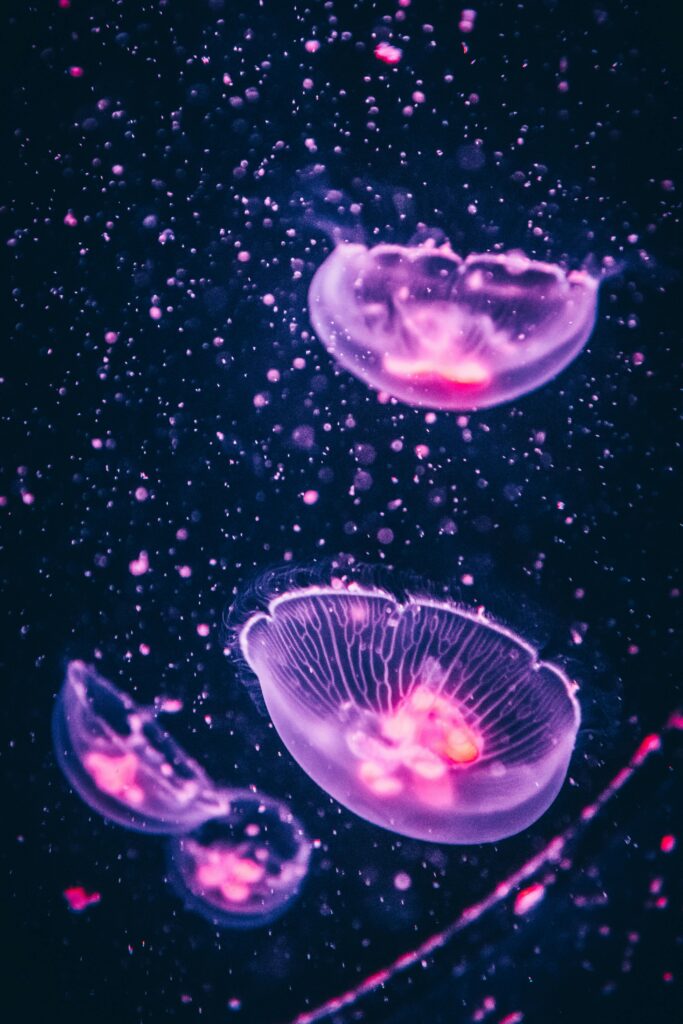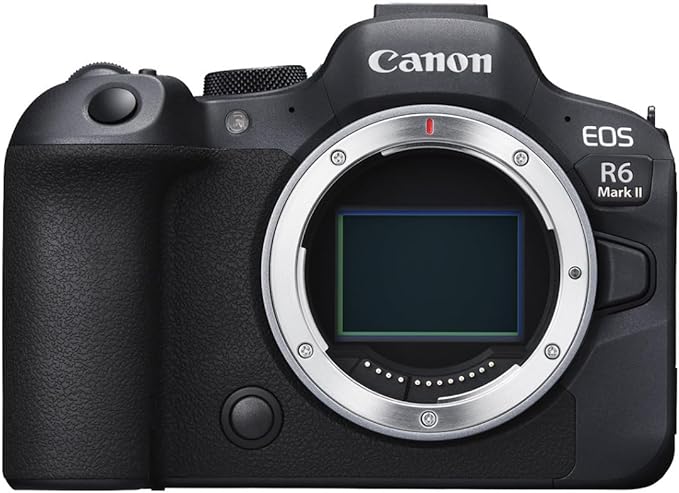Unveiling the Wilderness
In the realm of photography, few genres possess the allure and challenges quite like wildlife photography. It’s a captivating art form that requires patience, skill, and an intimate connection with nature. As we embark on this visual expedition, let’s delve into the heart of wildlife photography, exploring its nuances, techniques, and the profound experiences it offers.

The Call of the Wild: Understanding Wildlife Photography
Embracing the Essence of Nature
Wildlife photography isn’t merely about snapping pictures of animals; it’s about capturing the raw beauty and untamed spirit of the natural world. It’s about freezing moments that tell stories of survival, intimacy, and instinct. To excel in this craft, one must cultivate a deep appreciation for the wilderness and its inhabitants.

Patience: The Virtue of a Wildlife Photographer
In the wilderness, time operates on its own terms. A successful wildlife photographer must embody patience as they wait for the perfect moment to unfold. Whether it’s hours spent concealed in a hide or days tracking elusive species, patience is the key that unlocks extraordinary photographic opportunities.
Mastering the Art of Observation
To anticipate the movements and behaviors of wildlife, keen observation is paramount. Every flicker of a tail, every twitch of an ear – these subtle cues guide the photographer’s lens towards captivating compositions. It’s through attentive observation that photographers immerse themselves in the rhythm of the wild.

Tools of the Trade: Gear for Wildlife Photography
The Camera: Beyond Megapixels
While high-resolution cameras are desirable, the true essence of wildlife photography lies in understanding the capabilities of your equipment. From DSLRs to mirrorless cameras, the choice depends on factors like portability, autofocus speed, and low-light performance. Remember, it’s not the gear alone but how you wield it that defines your prowess.
Best Choice for Wildlife Photography

Best Choice for Low-Light Photography

Best Choice for Budget Camera

Lenses: Bringing Wildlife Into Focus
In the realm of wildlife photography, telephoto lenses reign supreme. Their ability to bring distant subjects into sharp focus is indispensable when capturing elusive creatures without disturbing their natural habitat. From the versatile 70-200mm to the powerful 600mm primes, choosing the right lens is a pivotal decision for every wildlife photographer.
Best Choice for Telephoto Lens (Canon)

Best Choice for High-End Zoom Lens (Canon)

Best Choice for Telephoto Lens (Nikon)

Best Choice for High-End Zoom Lens (Nikon)

Accessories: Enhancing the Photographic Journey
Beyond cameras and lenses, accessories like tripods, bean bags, and camouflage clothing can elevate your wildlife photography experience. Tripods provide stability for long exposures, bean bags offer support for handheld shooting, and camouflage clothing ensures seamless integration into the surroundings – essential elements for blending into the wilderness unnoticed.
Best Choice for Tripod

Best Choice for Bean Bag

Best Choice for Camouflage Clothing

Into the Wild: Techniques for Capturing Wildlife
Composition: Crafting Visual Narratives
Composition is the language through which wildlife photographers communicate their stories. Whether employing the rule of thirds, leading lines, or framing techniques, every element within the frame contributes to the narrative. By experimenting with angles and perspectives, photographers can evoke emotions and immerse viewers in the untamed beauty of nature.

Understanding Light: Painting with Natural Illumination
Light is the cornerstone of photography, and in the realm of wildlife photography, its nuances are ever-changing. From the golden hues of sunrise to the soft glow of twilight, mastering the interplay between light and shadow is essential. By leveraging backlighting, sidelighting, and diffused light, photographers can sculpt scenes that evoke depth and drama.

Capturing Action: Freezing Moments in Time
Wildlife is dynamic, and capturing moments of action requires anticipation and agility. Whether it’s the pounce of a predator or the graceful flight of a bird, photographers must be prepared to adjust settings swiftly and react instinctively. By employing techniques like burst mode and predictive autofocus, photographers can immortalize split-second moments with precision.

The Ethical Imperative: Conservation Through Photography
Respecting Wildlife: A Code of Conduct
As stewards of the wilderness, wildlife photographers bear a responsibility to prioritize the welfare of their subjects above all else. This entails maintaining a safe distance, minimizing disturbance, and adhering to ethical guidelines established by organizations like the National Audubon Society and the International Union for Conservation of Nature (IUCN).

Advocacy Through Imagery
Beyond capturing striking images, wildlife photography serves as a powerful tool for conservation advocacy. By showcasing the beauty and fragility of our natural world, photographers inspire reverence and empathy in viewers, fostering a deeper connection to wildlife and the habitats they inhabit. Through exhibitions, publications, and social media, photographers amplify the voices of endangered species and fragile ecosystems, igniting conversations that drive positive change.

Conclusion: A Tapestry of Tales Untold
In the realm of wildlife photography, each click of the shutter unveils a chapter in the untold narrative of the wilderness. It’s a journey defined by patience, passion, and a profound reverence for the natural world. As we navigate the intricate dance between photographer and subject, may we continue to celebrate the extraordinary beauty of our planet and strive to protect it for generations to come.

